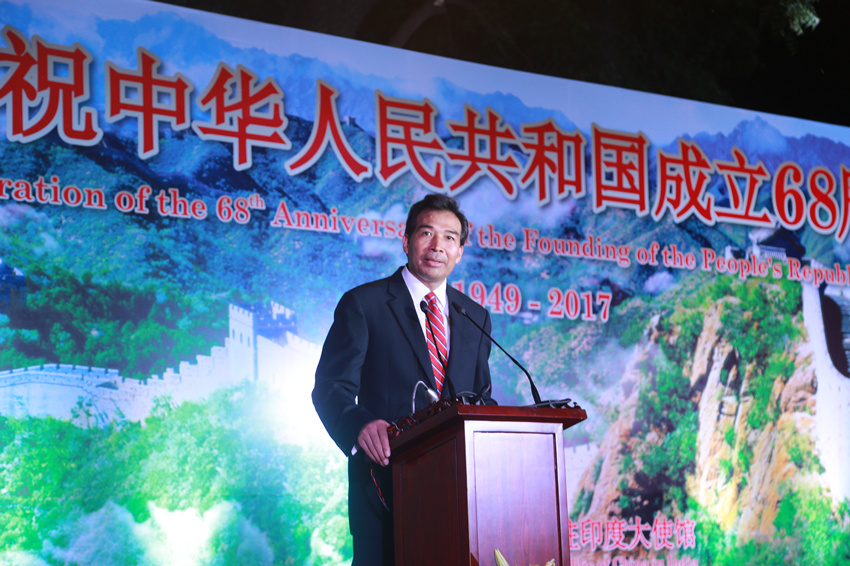
Riding on love & courage slogan,Canadian Sikh to lead National Democrats
At a time when the world is grappling with voices of polarization and Islamophobia, and when the ultranationalist rhetoric of several world leaders has done little to mitigate the situation, the rise of the Canadian Sikh man Jagmeet Singh on a slogan of ‘love and courage’ and a vision for an inclusive society has generated much curiosity and interest the world over. In just a span of a few years, the 38-year-old suave former lawyer has taken the Canadian political scene by storm, emerging as a strong rival to Prime Minister Justin Trudeau.
With his election as the leader of the left-leaning New Democratic Party on October 1, securing a clear victory with nearly 54 per cent votes, racing way ahead of more experienced contenders, Mr. Singh has become the first non-white to be elected for the top job of a prominent Canadian political party. This makes his rise all the more important. A visibly jubilant Mr. Singh officially launched his campaign to contest the federal election next year. “The run for prime minister begins now,” he tweeted.
Read More








